If you want to submit a product review click here.
The Un-Lock by Eric Samuels
(c. 2015) (Submit Review) (Submit Update)This relatively recent product was created by Vancouver mentalist Eric Samuels with help from Jeff Christenson. You display a name-brand, rotarydial combination lock of the type commonly used on school lockers. A spectator is asked to try any lock combination, but the lock does not open.
You introduce a clear bag filled with plastic discs on which the numbers 00 through 39 are printed. The spectator can see that the bag contains all different numbers. She grabs several, examines the numbers and keeps any one that she likes. A second spectator chooses a second numbered disc, then a third. The chosen three-number combination is entered on the lock and it opens.
If you like, the spectator can close the lock and try different combinations to prove that only the original chosen one works. You do not have to do pre-show work and never have to touch the lock. The clear bag really does appear to contain only discs visibly marked with the numbers 00 through 39 and the bag can be shaken and mixed at any time.
The Un-Lock comes with two locks, one gimmicked and an identical ungimmicked one you can use to switch in if you feel the need. These are made by Dudley who supplies combination padlocks to schools in the United States. You also receive two small bags, a hard-shell carrying case, the selection bag, and the numbered discs. These are nicely made quartersized flat plastic circles with a large black numeral printed on one side.
Although The Un-Lock is priced at the high end of gaffed lock products, the prop is versatile and there are extra materials supplied. The half-hour online instructional video gives several presentational ideas (some of which do not require using the numbered discs) and many tips and suggestions.
One component you may want to consider is whether you want to introduce a plastic bag full of numbered discs into your performance. The discs are well-made props, but spectators might assume you had them made for the specific purpose of choosing numbers. Otherwise, you would just ask someone to think of three numbers. Having such a set-up with you may suggest that the lock is part of a magic trick unless you are careful to provide a reasonable excuse.
Effect: Asking if anyone remembers their combination to one of these, you display a common, name-brand, rotary-dial combination lock. You hand the lock to someone who recalls their combination from a gym locker or perhaps they remember their old school locker, from many years ago. Explaining that the odds of their combination opening the lock are one in over 59,000, you ask that they try their 3-digit number. They do.
The lock does not open.
You explain that, while this would have been impressive, what you are about to attempt will be even more incredible! A clear plastic bag filled with chips, numbered from 0 – 39, is offered to an audience member, asking that she remove a small handful of the contents. You direct her to consciously choose one of the numbers from the assortment in her hand (each of the chips has a different number). She does, selecting #32. You ask that she keep that numbered disc and drop all the remaining discs into the bag. You may, if you so choose, show, others in the audience, that each of the discs is uniquely numbered.
A second person is asked to remove a few discs. But they are to have the person next to them, choose which number to keep. That person, who can clearly see that each numbered chip is different, has an absolute free choice and selects #04. The remaining discs are dropped back into the bag.
Finally, a third person is asked to reach in and grab a handful of numbered discs. But instead of removing the discs, they are told to trust their sense of touch and instincts and drop all but one of the discs back into the bag, removing a single disc. It’s #22, resulting in the combination 32, 04, 22.
You recount what has occurred. Three different people selected numbers using diminishing levels of conscious choice. The first person made a conscious selection from a group of number choices. The second person had that choice made for them by someone else. A third number was selected without any conscious awareness.
Someone from the audience (it can be one of the initial participants) is now asked to enter the selected numbers into the lock. The lock opens!
If you like, the lock can be closed again and a different combination attempted. It will not open. Follow this up by entering the previous combination that opened the lock, and it will open it, once again!
This is only one possible presentation for The Un-Lock. Several more ideas are included in each custom kit along with a bonus second lock, allowing you to create even more amazing possibilities.
That’s just some of what you can do with The Un-Lock. Here’s some of what you won’t need to do with The Un-Lock:
- Nothing to charge or plug-in (in other words, no electronics)
- No threads, magnets, or other mechanical switches
- No Pre-Show
- No Assistant required
- You don’t ever have to touch the lock!
The Un-Lock can be performed one-on-one or with a group of participants. It can be used on stage/platform or walk-around – even surrounded!
Each kit comes with:
- Not one but two locks! (one gimmicked, one matching ungimmicked)
- A set of custom numbered chips/discs
- Printed instructions
- Access to an instructional video
- Compact hardshell case
Text Source: click for details
Found something wrong? Help us improve things by clicking here!
Approx. Price: $249.00 (2015) ***
Notice: I am not a dealer and this item is not for sale on this site. It maybe available in the links below or at our sister site: qualitymagic.com, but not from here so please do not ask.© Martin's Magic (unless otherwise stated). All Rights Reserved.
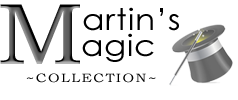
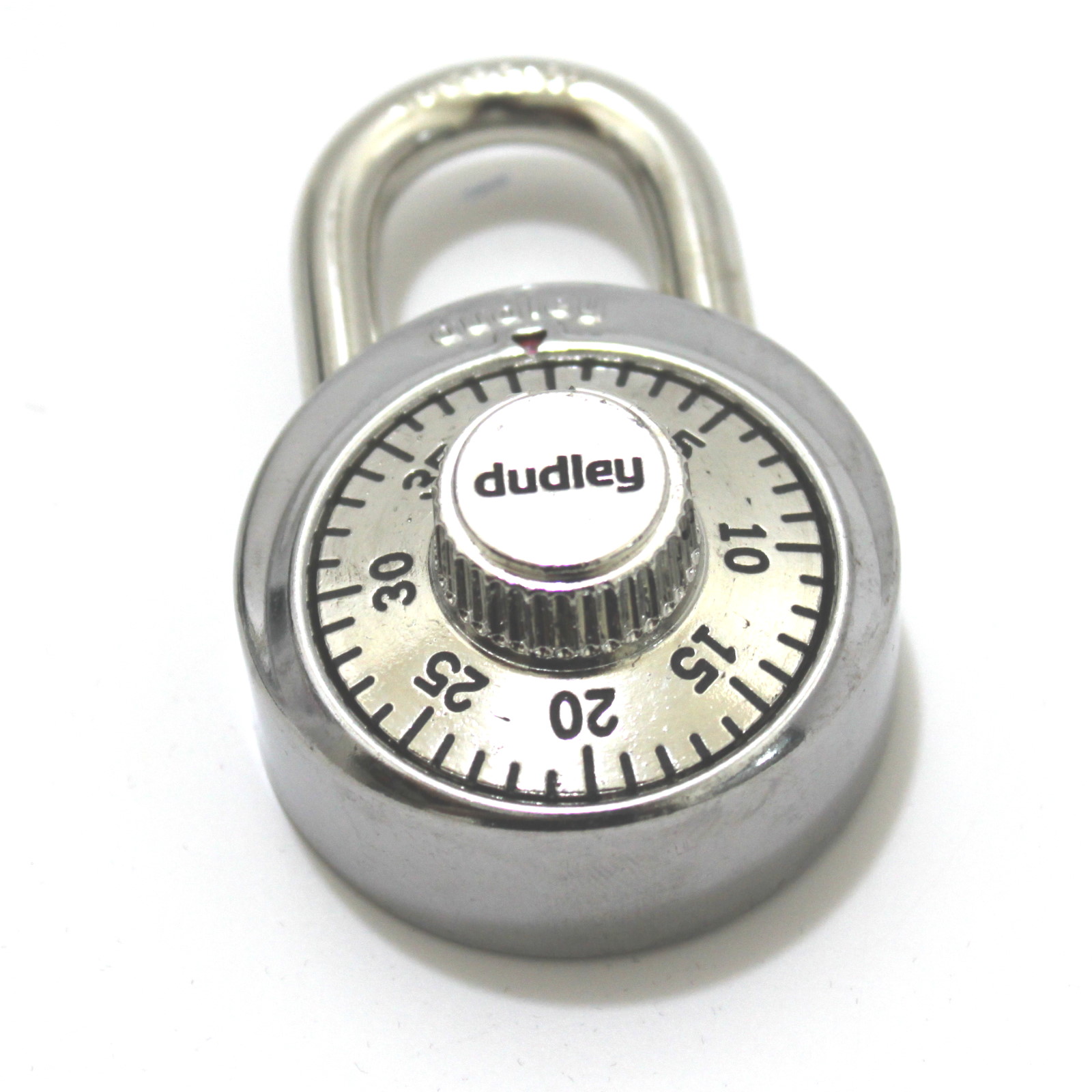
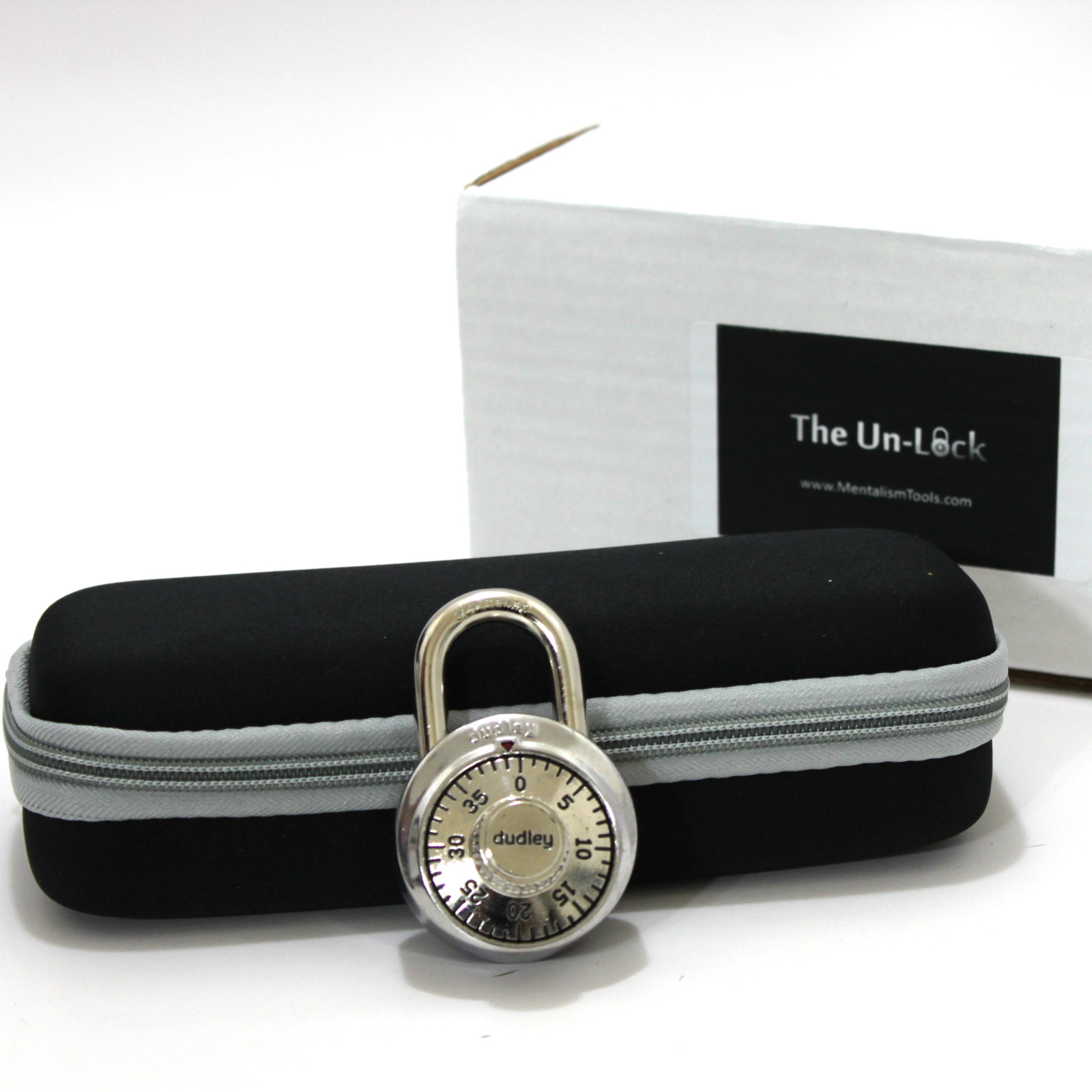
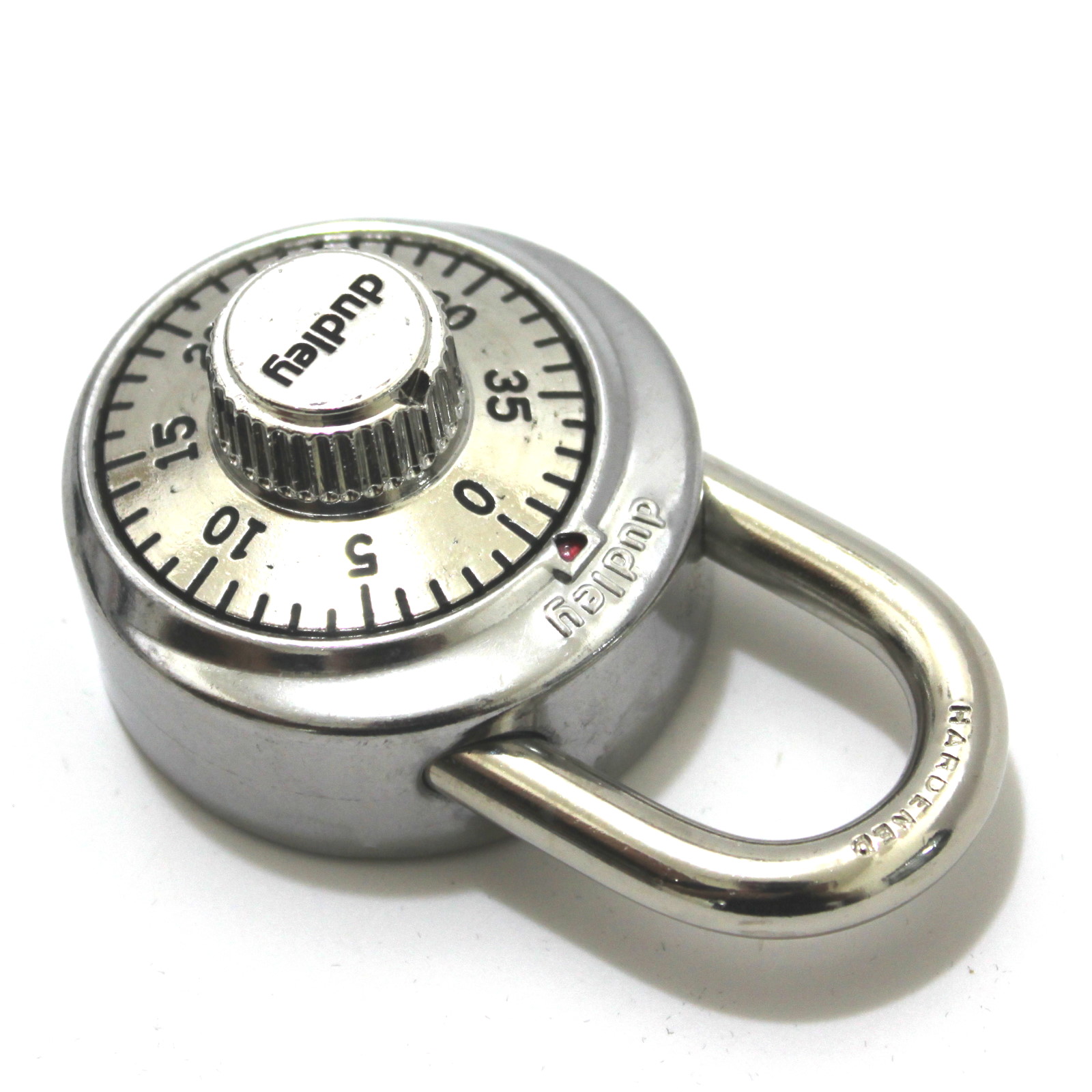
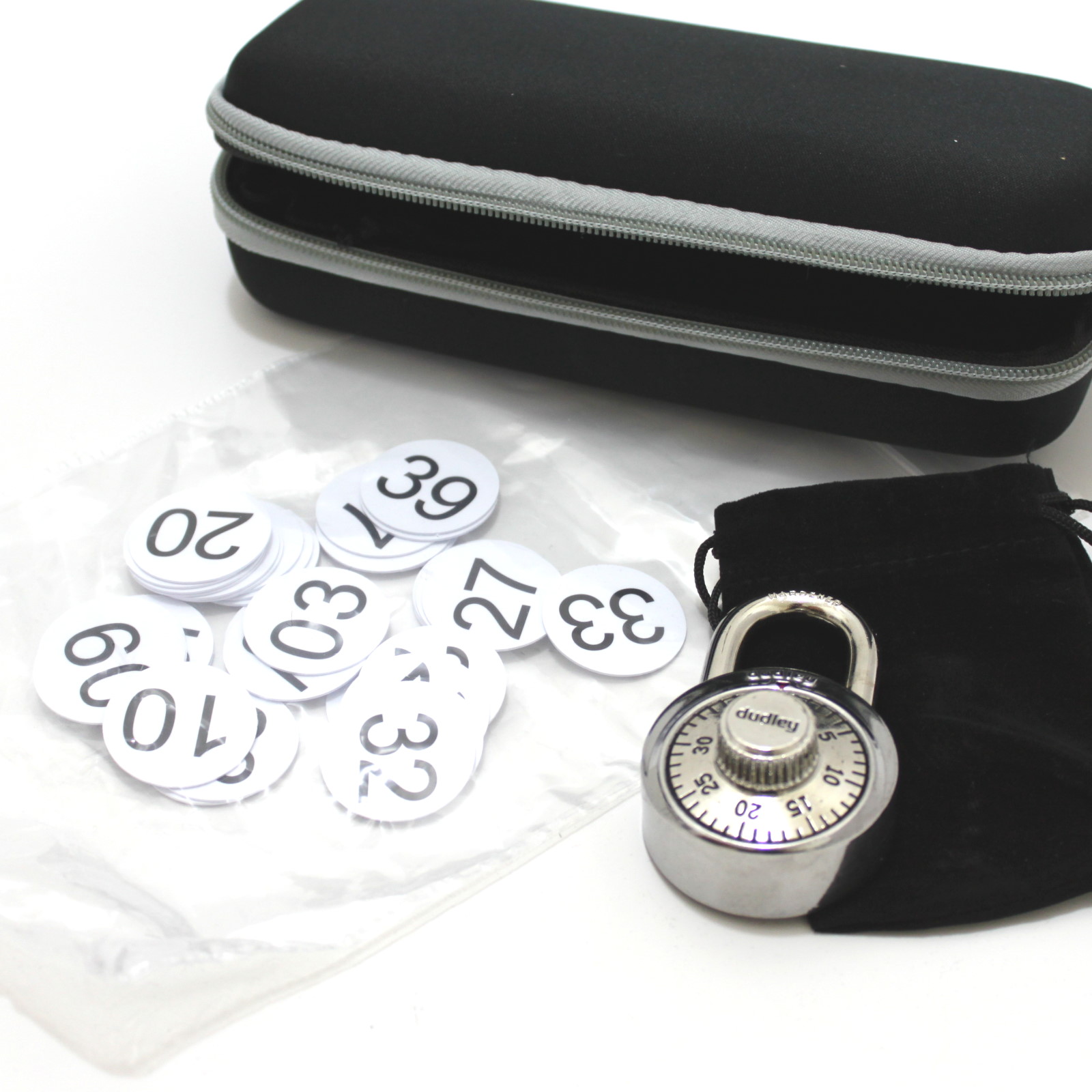
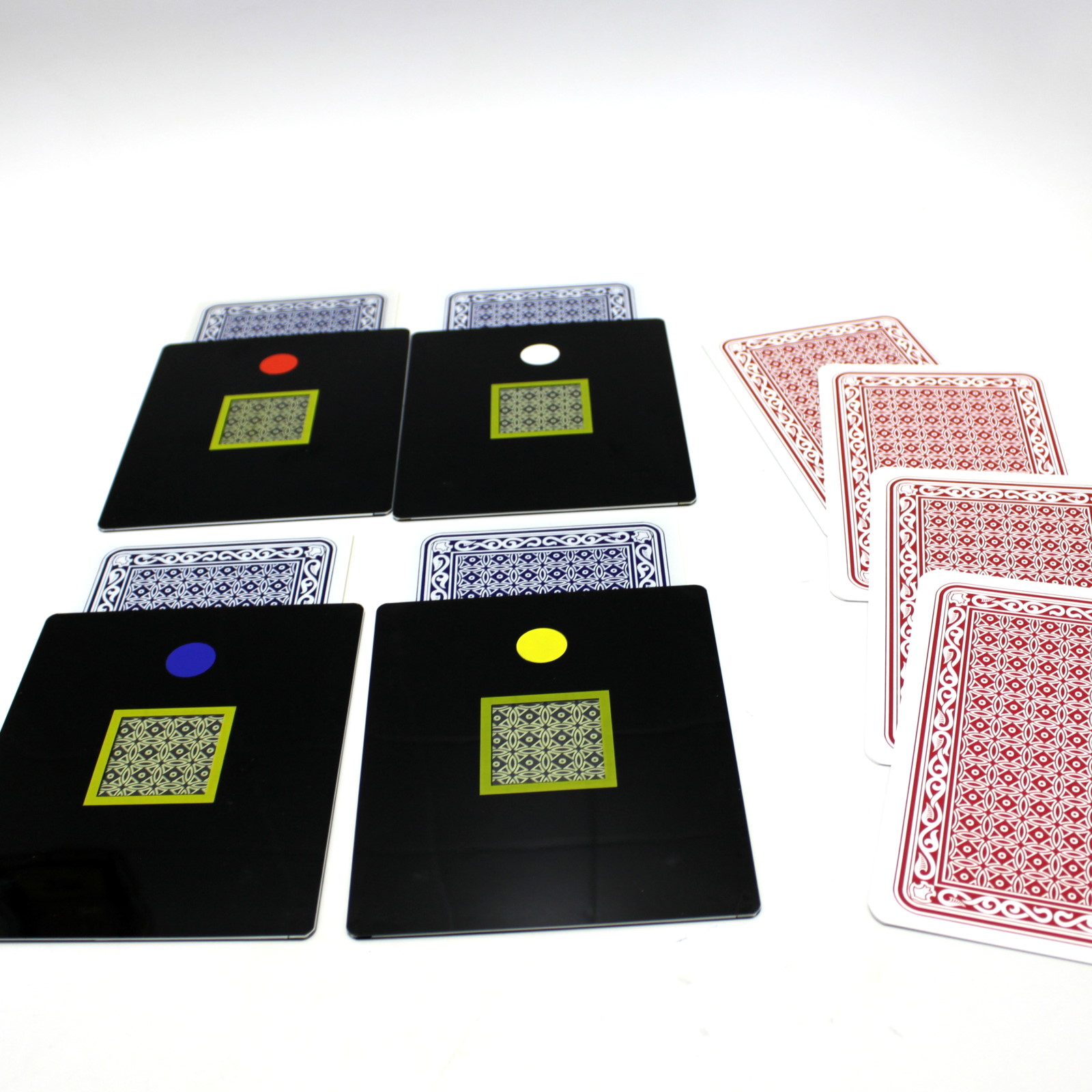
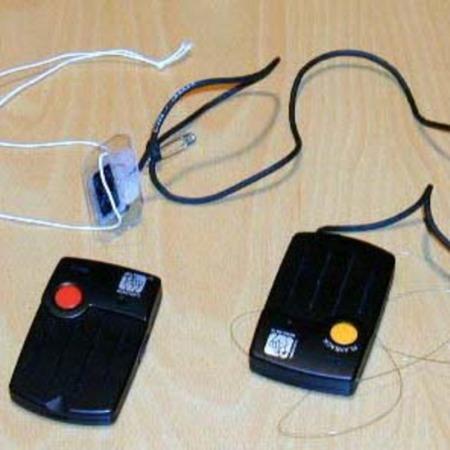
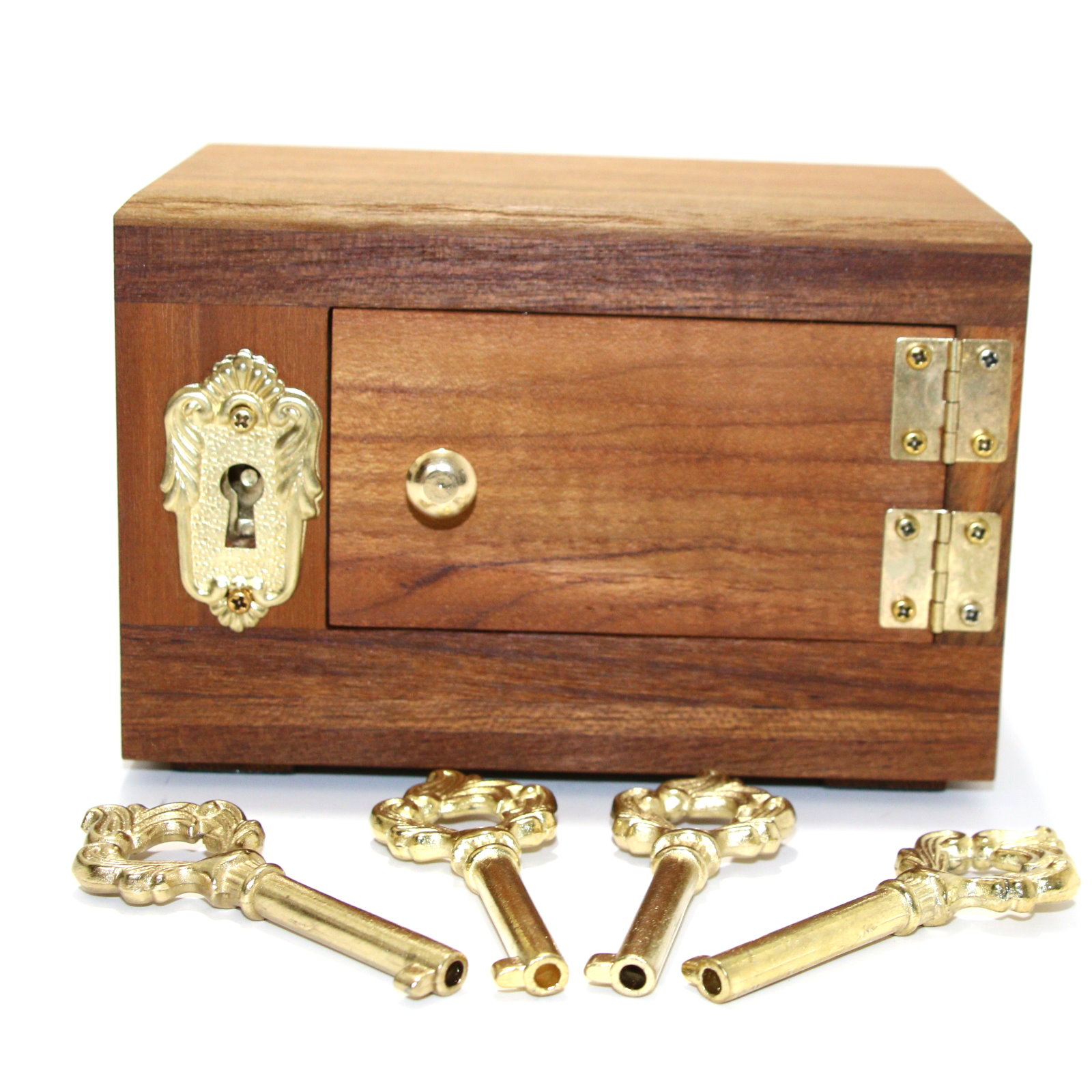
Reviews
There are no reviews yet.